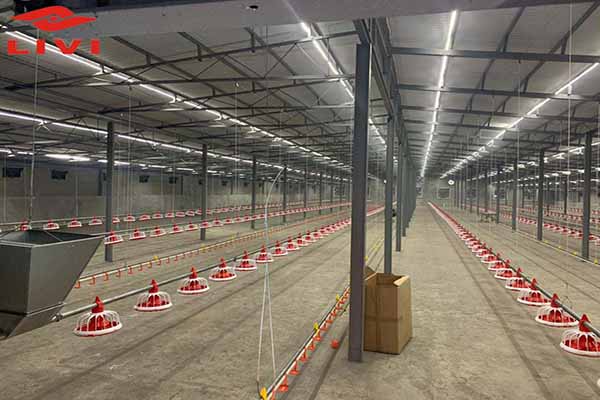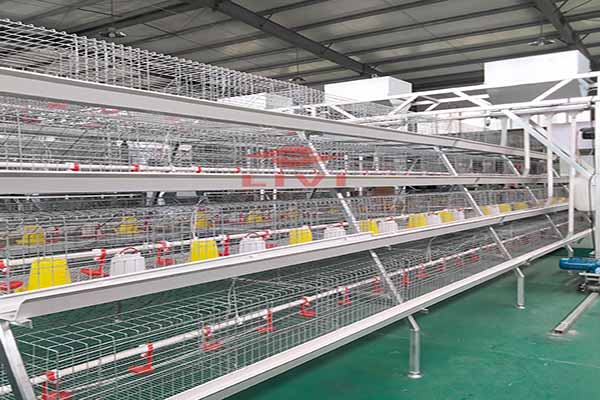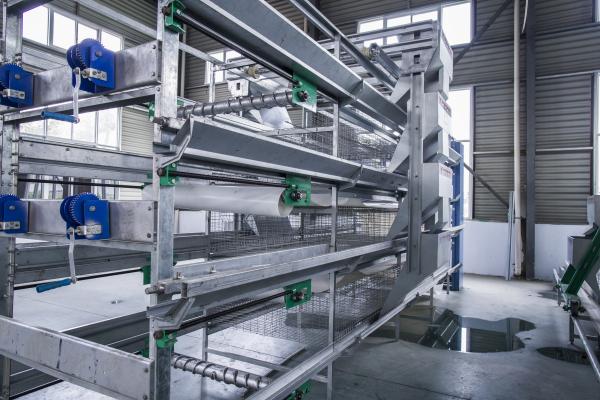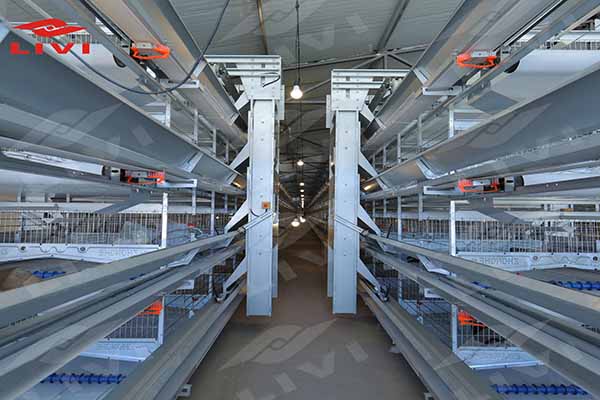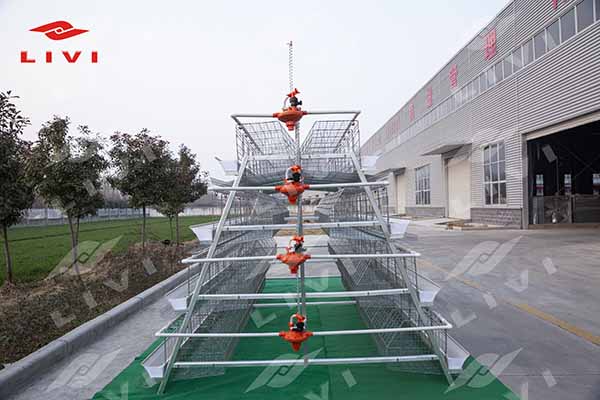We all know that the out-of-house weight of a batch of chickens is positively correlated with their weight at 7 days old. However, We believe that besides the initial weight of the chicks, another crucial factor determining the weight at 7 days old is the management on the first day. In other words, the Management of Broiler Farming In Cage System On Day One is crucial for the entire life of the chicken.
Temperature Management
After the chickens are housed, the temperature should be increased promptly based on the chickens’ behavior. Because the first thing the chickens do after being housed is drink water, some chickens often exhibit clustering behavior after drinking. Adjust the temperature promptly to allow the chickens to gradually adapt.
Remember, whenever chickens cluster, it indicates that our temperature (or the perceived temperature of the chickens, sometimes our humidity is not added, resulting in insufficient perceived temperature) is still not enough, and we need to continue heating (or humidifying) until the chicks huddle less tightly (not as loose as adult chickens lying down), indicating the temperature is suitable.
If the temperature on the first day is not reached, the chickens will fear the cold, not eat, not drink, and be inactive, directly affecting the chickens’ 24-hour feed intake rate, thereby affecting the uniformity of the chicks and the weight at 7 days old.
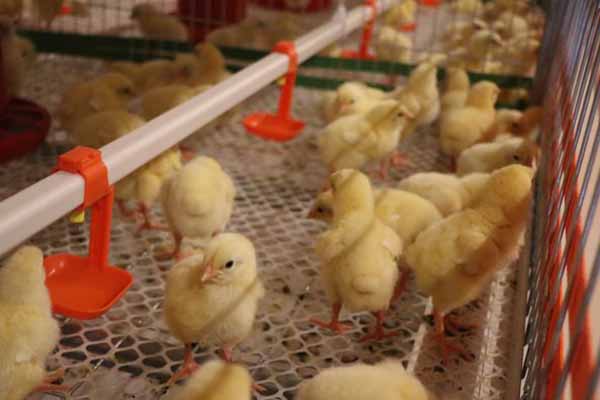
Water Lines
Adjust the water lines to be 1 to 1.5 fingers above the ground, at which height the angle between the chicken’s neck and the water line is about 45 degrees, satisfying the chicks’ water needs.
After the chicks start drinking water, check the drainage situation of each nipple one by one using a flashlight. As long as there are water drops in the water cup. It indicates normal water drainage from the nipple; if the water cup is dry, it indicates a problem with the nipple.
It needs to be emphasized that for cage-reared chickens, we need to pay extra attention to the water lines because in floor-rearing or free-range. If one nipple is blocked, chickens can go to another nipple to drink, or if one water line is blocked, they can go to another water line. But if the nipples in the cage are blocked, it will cause water shortage for the chickens in that cage.
Feed Management
You can use a small feed bucket to assist in feeding or directly use a feed trough. When using a small feed bucket, it should be removed after about 3 days and transitioned to a feed trough to prevent chickens from becoming dependent on the bucket with prolonged use, which increases labor intensity.
Feeding from a feed trough can appropriately increase the thickness of the first feeding to attract chickens to peck and reduce the difficulty of feeding. If you are worried that the chicks are too weak, it is still recommended to use a feed bucket to assist feeding.
Regularly check the decrease in feed in the feed bucket (trough) to see if it is normal. If abnormal feeding is found, it indicates some problems, such as water line issues or temperature issues, etc. The 24-hour feed intake rate should be above 99%, meaning almost all chickens have drunk water and eaten feed.
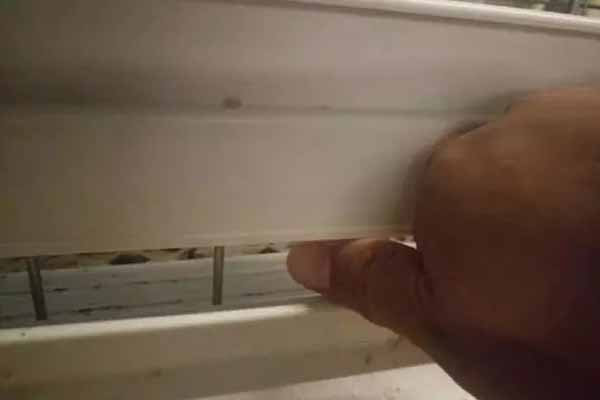
Bathing of Chickens
Individual chicks may bathe due to excessively long transportation time or inappropriate temperature adjustments. When a chicken is found bathing, it should be immediately dispersed from under the nipple to prevent it from continuing to cluster under the nipple. For severe bathing, the chicken should be placed in a cardboard box and placed near a radiator to dry its feathers before being returned to the chicken coop.
When using a feed trough for feeding, the feed guard should be adjusted appropriately, with a gap of generally 2cm being sufficient. If any chicks run out of the cage, they should be promptly caught and returned to the cage to prevent dehydration outside.
Livi Machinery is a professional chicken equipment manufacturer, will provide you with a full range of chicken raising services.
If you want to know more, please leave us a message.






